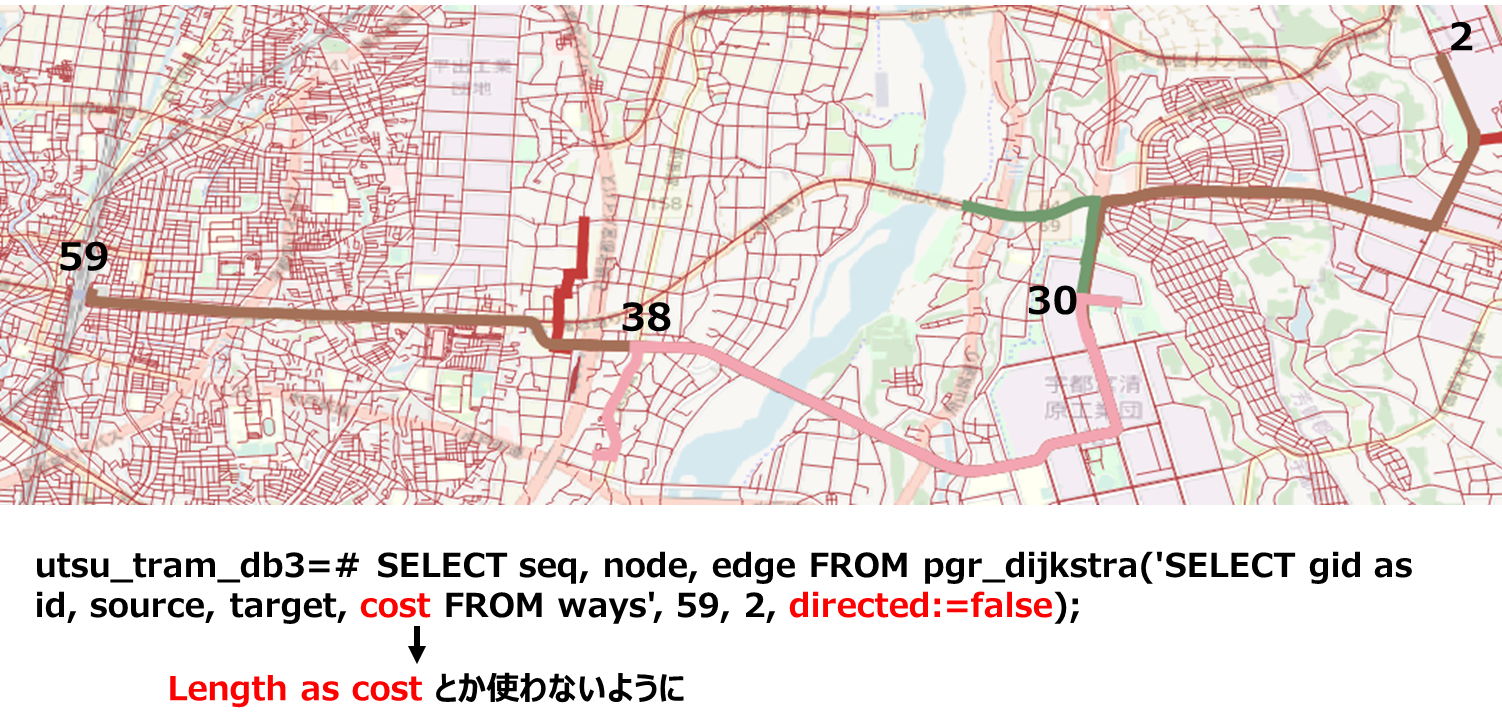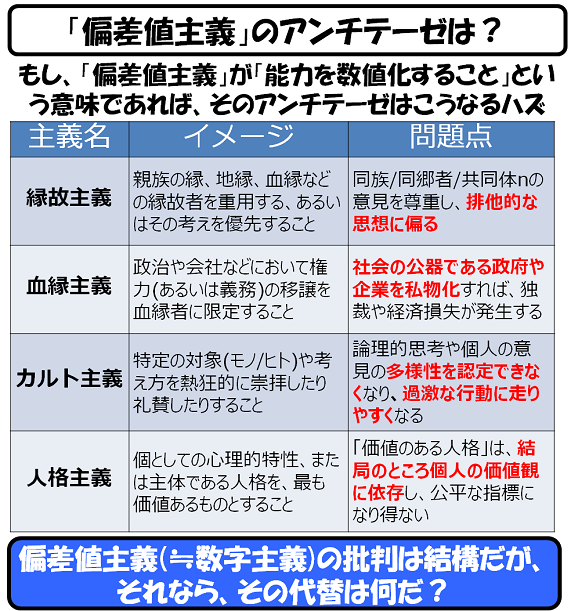あの、元首相殺害事件以降、「統一教会」 ―― 今は『世界平和統一家庭連合』と改称しているようですが ―― が話題に出ています。
Since the murder of the former prime minister, the "Unification Church", which now seems to have changed the name to "Family Federation for World Peace and Unification", has been in the news.
GoogleMAPで調べたら、自宅の回りに3つの教会が見つかり、真っ青になっていたのですが、もう一度、改称後の名称で入れたら、1つでした。
Checking the church by the Google map, I found the three churches --- I looked pale. After rechecking, I found that there was one church around my house.
だからといって、安心した訳ではありませんが。
However, I could not feel a relief.
-----
私が、大学入学時に、大学、サークル、教授から、徹底的に言われ続けたことは、
When I started my college life, I was thoroughly told by the university authorities, circle activities and teachers was,
『妙な勧誘を受けたら、一言もしゃべらずに、直ぐに逃げろ』
"If you are approached by a strange solicitor, don't say a word, just run away"
でした。
これについては、私が語らずとも、多くのページがありますので、そちらを御参照頂ければと思いますが、私の場合、実際に、友人が被害者になる直前でした。
You can find many information using a search engine, so I don't have to explain about it. In my case, my friend was about to victims against the cult religions.
二人の娘たちの大学入学時には、最高レベルの警戒体制を敷いていました。
When my two daughters started their college life, I was on the highest lever of alert.
彼女らには、『勧誘を受けたり、どこかに連れていかれそうになったら、直ぐに私に連絡するように』と、再三言い含めていました。
I told them again and again "if you are solicited or are about to be taken to somewhere, call me immediately at any cost"
当時、『統一教会』は、左翼の過激派よりも、恐しい「洗脳カルト団体」として認定されていたのです。
At that time, "Unification Church" is recognized as "brainwashing cult organization" that was more scared than Left-wing extremists
(ちなみに、私、自治寮の寮長やっていたので、「統一教会」から『お前が言うな』と言われそうですが、私は、オルグとか一度もやらない怠けた寮長でしたし、そもそも、私は、寮に住んでいるヤツらが大嫌いでした)
(Incidentally, I was the head of a self-governing dormitory, so the Unification Church might say "You don't say that", But I was a lazy head who had never tried the organizing, moreover I hated people in the dormitory.)
講義にも出席せず、平気で留年して、酒を飲みながら大声で政治を語るあいつらは、私にとっては『憎悪の対象』だったように思えます。
-----
万一、娘たちが、大学のキャンパスで、右翼系または左翼系の団体に取り込まれたとしても、私は、単身で組織に乗り込んで、論破して、場合によっては力づくで奪還する計画もありました。
Even if my daughters were taken in by a right/left-wing organization, I had a plan to go a hideout, argue and recapture them by force.
暴力受けたら、その場で「私の勝ち」が確定する(刑事事件になる)、という見積りもありました。
I had an estimation that I got to confirm my win (on the spot) as a crime case, if I received violence.
-----
ところが、カルト宗教団体には、基本的に「必勝法がない」のです。
However, frustratingly there is no winning strategy against cult groups basically.
洗脳された人間は、ロジックでは洗脳を解くことができないからです。
This is because brainwashed people cannot be unbrainwashed by logic.
それどころか、私ですら、教団に拉致されたら、簡単に洗脳される自信があります。
On the contrary, I am confident that even I would be easily brainwashed if I were kidnapped by the cult.
そもそも、私は、自分の実験によって、自分の脳のロバスト性が、驚くほど低いことを知っています。
Above all, I know well that the robustness of my brain is surpurisely low.
ダイエット程度のことで、正常な判断ができなくなっていたことからみても、これは明らかです。
This is clear that the fact that I could not make normal decisions during my diet.
ともあれ『一度、拉致されたら、終わり』 ―― これが「統一教会」に対する、当時の認識でした。
"Once kidnapped, that's the end". This was my understanding of the Unification Church at the time.
ちなみに、このあたりの内容については、アニメ「ゴールデンタイム」第3話「ナイトエスケープ」で、上手く描かれています(Youtubeに飛びます。AmazonPrimeでも視聴できるようです)
Incidentally, the content is well depicted in the anime "Golden Time" episode 3, "Night Escape" (jump to YouTube, which is also available on Amazon Prime).
(続く)
『ええ、毎日、目が眩むほど幸せです。あなたは違うのですか?』と、気の毒そうな顔をして相手を見てやれば、大体、呆然として立ちすくんでいました。





